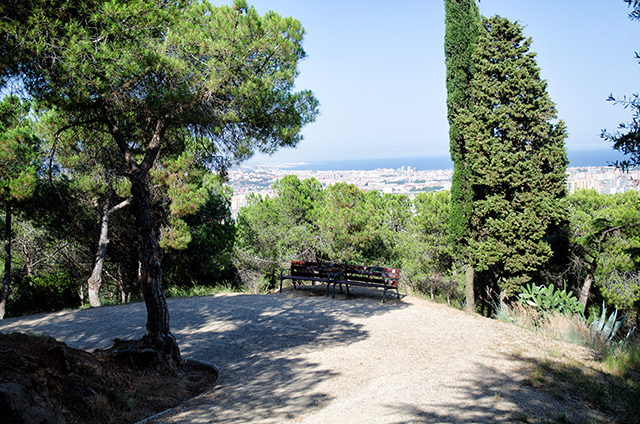Every year, blog network Spotted by Locals asks their locals in 80 cities to choose their favorite blogs. As in the last few years, Barcelona Photoblog was included in the list of “Best Barcelona blogs” for this year!
Here’s a selection of 5 of the Spotted by Locals Barcelona locals’ favorite spots. Many more on the blog, or in the app.
Surf House Barcelona - Good vibrations
Surf House Barcelona (by Ilse de Ridder)
Barcelona is a city with a laid back vibe. No wonder it is home to skaters and – with a beach in town – many surfers. Barceloneta is a true hotspot with many places to rent surfboards and gear to give it a go. No wonder this neighbourhood is the place to be for Surf House Barcelona, a definite favourite in town for many of us! This beach bar has amazing juices and sandwiches! Guaranteed a healthy – or if preferred a more heavy – recovery weekend brunch.
La Llama Store - The store for humour lovers
La Llama Store (by Gina Xifra)
La Llama Store is focused on humour through books, art and other random items. This store has an art gallery where local artists show their work so you can also buy it. Be warned: Once you end up buying something, there is a high chance that you will return and want to spend more time checking out everything that they have. Every fan of humour, comics or just looking for a laugh must visit it.
Espai Mescladís - Gastronomy meets creativity
Espai Mescladís (by Tatiana Martinez)
Espai Mescladís is very colourful restaurant, with many curious objects and a vintage feel to it. The atmosphere was very multicultural and eclectic. What makes this place so special are the people working there; Moroccans, Africans, every culture but Spanish. This restaurant was actually created as part of a social project to help integrate immigrants through educational initiatives that also facilitate social work integration. Through their program “Cuinant Oportunitats” (literally meaning cooking opportunities), the organization Fundació Ciutadania Multicultural in charge of this project manages to get many groups of immigrants who are in high risk of exclusion into the market by giving them employment.
Sala Beckett - Walk this way for theatre
Graffiti Art (by Carlos Domeque)
Good contemporary theatre has to be cutting edge and Barcelona has no shortage of companies and venues that produce just that. Sala Beckett has been at the forefront of this for some time. Sala Beckett is both a theatre space and centre for workshops and masterclasses. The building they now inhabit is an old neighbourhood athenaeum or cultural centre, which with a few contemporary flourishes has been restored to its former glory. Even if you decide not to catch a show there, I recommend having a look around.
Re-read - Second-hand bookshop
Re-read (by Andia Ago)
Re-read is, as the name implies, a second-hand bookshop which is very welcoming, with its warm lights and stacks upon stacks of books. They are divided into categories and you can find books in many languages besides Spanish and Catalan. If you are looking for a specific book, you can use their online search engine which shows in which store you can find your book. What I usually like to do is wander around there for quite some time and pick up the books that look interesting to me.









